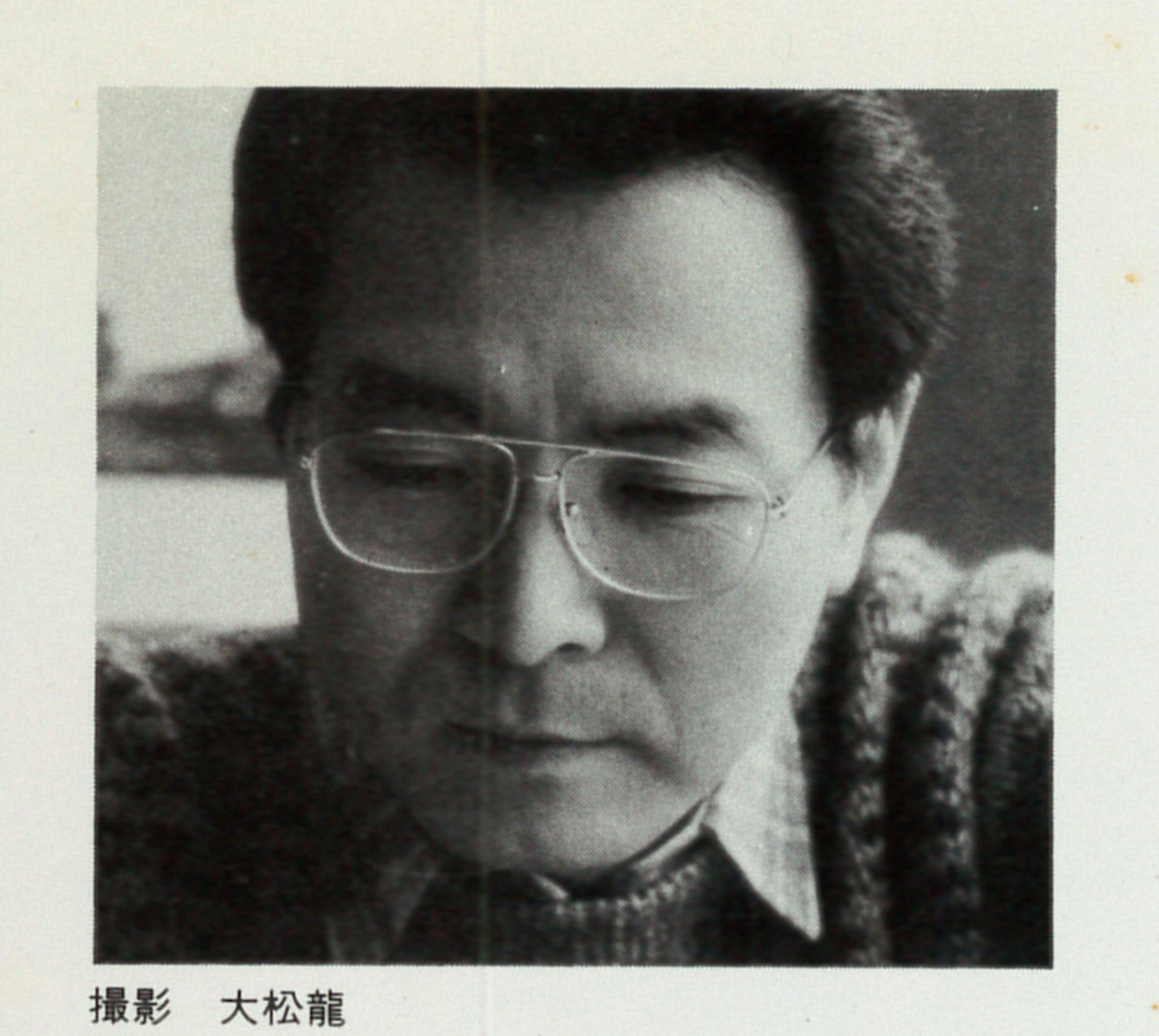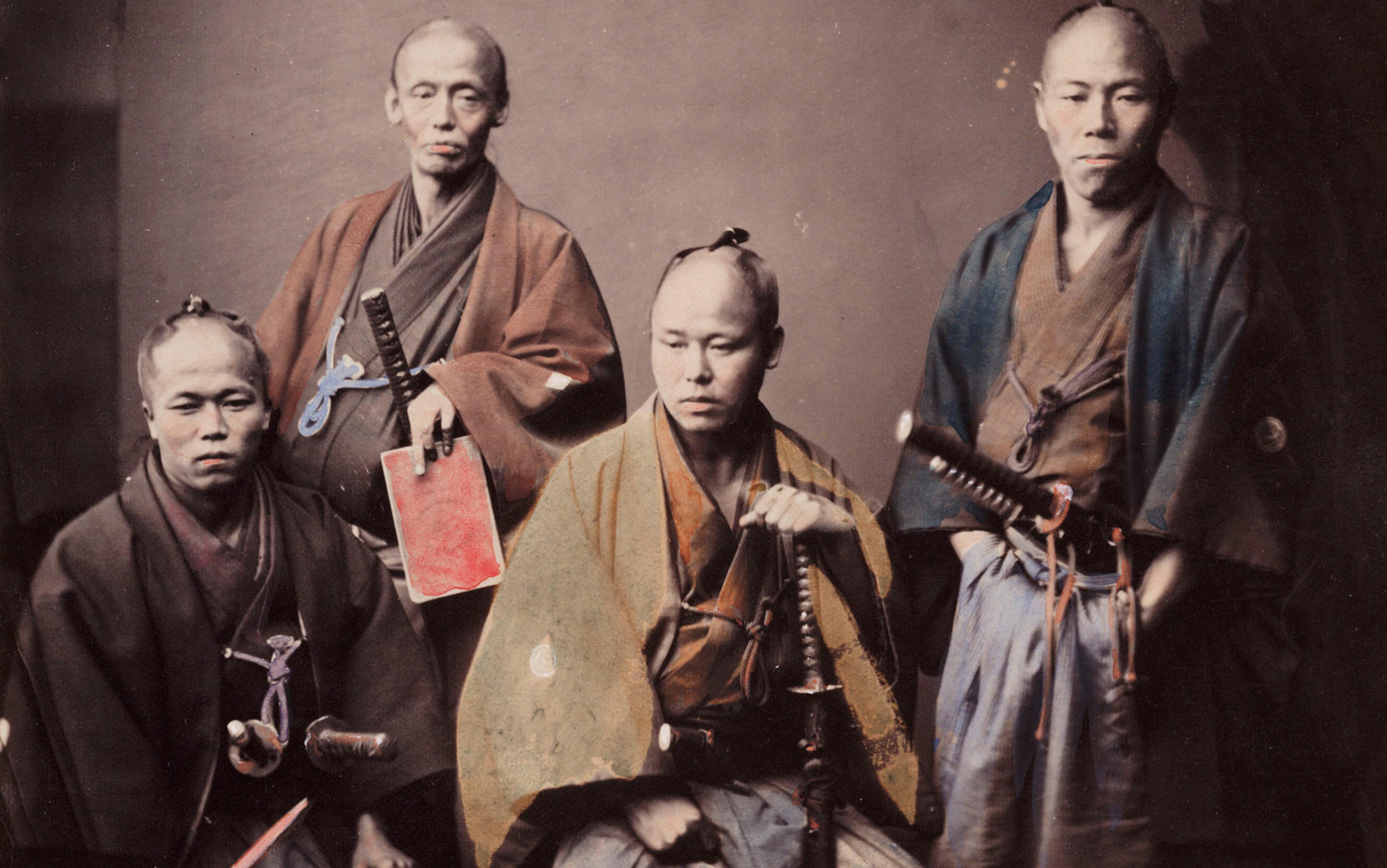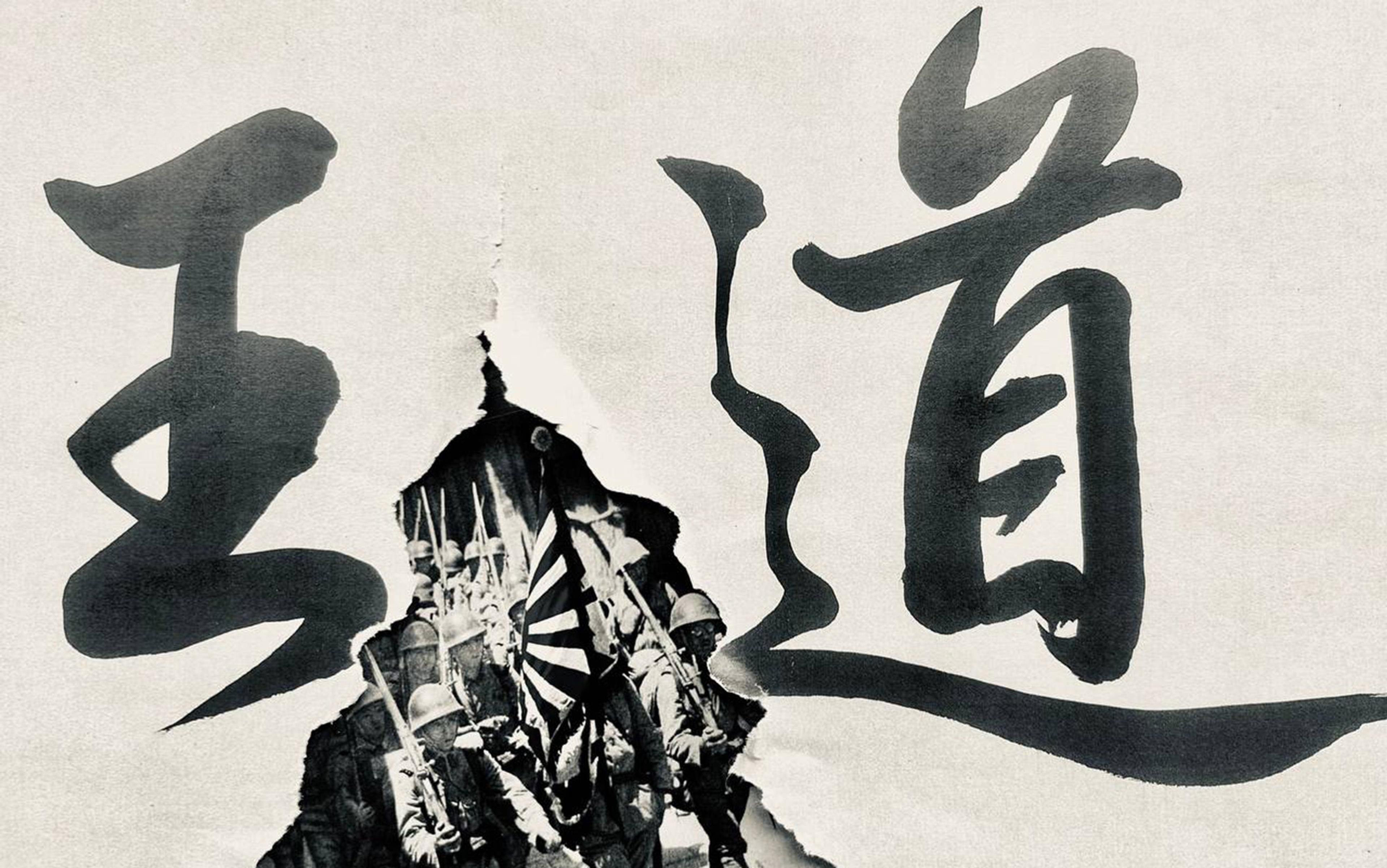Neoreaction, or NRx, is a loose group of techno-fetishising bloggers, represented by the computer engineer Mencius Moldbug and the renegade philosopher Nick Land, working to subvert the liberal world order. Moldbug (the nom de plume of Curtis Yarvin) is best-known for his now-inactive blog Unqualified Reservations. His big thing is freeing people from the ‘Cathedral’, an insidious liberal ideological apparatus that indoctrinates its subjects through the use of education, media and so on. He takes it upon himself to ‘red pill’ his readers – a reference to the film The Matrix (1999) – shocking them out of their stupor in a dreary, politically correct world with edgy discussions of the benefits of monarchical rule, a privatised state, even slavery.
Nick Land, on the other hand, is an academic who helped to establish the Cybernetic Culture Research Unit at Warwick University in the 1990s, the cradle of accelerationism, which basically calls to rev up global capitalism to max speed, destabilise everything and merge with artificial intelligence (AI), or bring about the end already. While he’s written plenty of philosophical tracts, he’s most widely known for his online manifesto, ‘The Dark Enlightenment’ (2012), which explicates Moldbug’s Cathedral while offering sardonic commentary on race relations in the United States. What Moldbug and Land share is a love of irony (maybe this is all just a joke at your expense!), a hatred of Enlightenment values, and any kind of centralised attempt to slow down the technological advance that will deliver us from the anguish of stagnant, corrupt liberalism.
Perhaps, however, NRx is less novel than everyone is making it out to be. In thinking through its subcultural appeal, it might be helpful to frame it as an echo of a more thorough, and funnier, manifestation of nihilism found in the writings of Kure Tomofusa, a 72-year-old, self-styled ‘feudalist’ and manga critic from Japan. He believes that Japan is ruled by a mind-controlling, liberal ‘Human Rights Shushigaku’ regime (the name for a school of neo-Confucianism adopted ideologically by the Tokugawa shogunate in the Edo period; more on this later). This liberal regime, according to Kure, suppresses all forms of intellectual resistance, which is why he has been calling (sarcastically, he would say) for the abandonment of democracy and the restoration of feudal government for the past 40 years. He wants to go back to a time when virtue was synonymous with rule.
Throughout the 1980s and ’90s, Kure undertook his anti-Enlightenment project via popular subcultural magazines such as Takarajima, Garo and Sapio, writing thousands of manga reviews, complaints, critiques and columns, a method that foreshadows the efforts of NRx in the blogosphere. Indeed, Kure’s caustic, countercultural appeal greatly influenced a generation of critics, comic artists and readers alike. He made being reactionary ‘stylish’, 40 years ago.

Takarajima magazine (August 1980). Cover Design: Ōrui Makoto and WXY, inc., Cover Photograph: Itō Kaoru
In 1981, Kure published his first book, Feudalism: Its Theory and Passion, Farewell, Democracy (later republished as Thus Spoke the Feudalist, a Nietzsche pun for you). The book is his core text, his rationale for becoming a feudalist. Perhaps more interesting than the content is the highly discursive style: Kure chaotically excerpts essays, manga, critical theory, newspaper editorials and reader responses in a way that presages the legions of hyperlinks strewn through NRx texts. This is the paper prototype of the sprawling online manifesto. Inside lies a bombardment of loosely correlated ideas: that representative democracy too easily yields mob rule and fascism, that liberal standardised education ignores people’s innate natures and forces them to conform, that a society ruled by a virtuous Confucian leader would be preferable to one based on the principle of freedom of speech, that feudalism has been unfairly framed as a perfectly negative image of progressive liberalism – to name but a few.
Kure demonstrates his wide knowledge of philosophy, political theory and manga, then undercuts himself with lines that throw his whole project into question. For example, take this one in response to conservative arguments that Japan’s postwar constitution was forced on it by the United States and so should be scrapped:
Ultimately, we need to establish a feudal constitution through a feudal revolution, but that might take a while: I’m the only feudalist in the world and I usually end up with the masses, plus I like naps…
If the current constitution was pushed on us by America, didn’t that happen when they forced us to open Japan? … Why don’t we oppose this? Oppose the opening of Japan, the overthrow of the Bakufu [Edo era government], and the Meiji Restoration, all pushed on us by the US. Topple the post-Meiji Restoration government! Revive the Edo Bakufu! Why can’t we say this?
These are the moments of perversity that make Kure’s writing stand out: ironic notions of ‘feudal constitutions’ and ‘Bakufu restorations’ clue the reader into the fact that they are being punked. Or maybe not – maybe he really means it? Either way, it’s an effective critique of the Nippon Kaigi (an ultra-nationalist, grassroots group with close ties to Japan’s prime minister Abe Shinzo), who fetishise pre-war Japan and want to return to the Meiji Constitution.
The passage also recalls Elizabeth Sandifer’s assessment of Land’s writing in her book Neoreaction a Basilisk (2017):
Simply put, nobody’s quite sure if he’s serious … [It’s] important not only that this ambiguity hangs over his work, but that Land knows it, and knows that you know it, and knows that you know that he knows it, and so on …
The role of irony is one of the defining features of NRx. Here is Land on Moldbug’s writing, from ‘The Dark Enlightenment’:
Without a taste for irony, Mencius Moldbug is all but unendurable, and certainly unintelligible. Vast structures of historical irony shape his writings, at times even engulfing them. How otherwise could a proponent of traditional configurations of social order – a self-proclaimed Jacobite – compose a body of work that is stubbornly dedicated to subversion?
Yes, Moldbug, raised in a liberal household where he brushed his teeth with Tom’s of Maine, was poised to take advantage of all the perks of living in a rich, developed, democratic country. But then there was that damn Cathedral looming over everything, so he had to become a subversive Jacobite. Yet lurking in his writing is what the philosopher Yuk Hui characterises as ‘the Unhappy Consciousness’ (a Hegelian term for estrangement from the spirit). Unhappy consciousnesses, lost in ‘vast structures of historical irony’, begin to feel increasingly victimised; their victimology parallels if not downright intersects with that of white nationalists. Then the joke falters, the irony recedes: we’re treated to a redux of Oswald Spengler’s perennial ‘Decline of the West’ narrative, a tale peddled most prominently these days by Peter Thiel (who bankrolled Moldbug’s tech company Tlon).
Kure’s interest in feudalism read as a gag meant to antagonise the liberal social order of postwar Japan
What’s distinct about Kure’s irony is the relative lack of such a victim consciousness. He doesn’t take anything personally. The bottom simply falls out from his jokes. His nihilism even enters into the realm of an act: Kure was involved in student protests at Waseda University in Tokyo while a student there in the mid-1960s, arrested for fighting with strikebreakers, and barely managed to avoid expulsion from Waseda. (Moldbug, notably, detests such demonstrations.) Kure eventually graduated, started covering manga for subcultural magazines such as Takarajima and Garo in the 1970s, while also assisting the legendary manga artist Mizuki Shigeru with research for his comics. In the process, he embraced feudalism and Confucianism, value-systems not usually associated with revolution. Kure, though, playfully insists that Confucianism is revolutionary in nature: a ruler who loses the Mandate of Heaven can be legitimately overthrown (significantly, the word for revolution in Japanese, kakumei, is also found in the Chinese characters for the establishment of a new dynasty, ekisei-kakumei). Between 1988 and 2006, Kure ran an ongoing lecture series on Confucius’ Analects, with the assistance of his most prominent disciple, Asaba Michiaki:
I’m not a specialist of Chinese thought but I’m currently running a private school where I lecture on the Analects as a hobby. Why am I doing it? Because I want to goof around with young people using the Analects.
In short, the irony in Kure’s writing is a kind of final manifestation (or perhaps a dead end) of the nihilistic spirit of the Zenkyōtō, the nonsectarian student movement that he was involved with in late-1960s Japan. In light of his affiliation with this movement, his subsequent interest in feudalism and Confucianism all read as an extended gag meant to antagonise the liberal, democratic social order of postwar Japan. It’s all a farce – but if enough people laugh, they might also start to think seriously about an alternative to democracy.

Cheap Restaurant People (1984). Century Press. Cover Design by Tsubouchi Tokiyoshi and Koseki Akihiko.

Kure Tomofusa pictured on the dust jacket of Cheap Restaurant People. Photo by Ōmatsu Ryu.
In 2017, Angela Nagle argued in her book Kill All Normies that the rise of the alt-Right and NRx can be understood as a kind of inverted version of the antinomian countercultures of the 1960s. Instead of rebelling against an oppressive vision of ‘normative America’, as the counterculture did, the alt-Right and NRx bucks what they see as the stifling dominance of ‘PC culture’. Vestiges of 1960s counterculture abound in NRx: Land’s amphetamine-fuelled exploits at the University of Warwick in the 1990s, when he was a professor there, are a central part of his cult status, and echo the libertine attitude of the 1960s. The Californian ideology – a fusion of libertarian thought with techno-utopianism that informs Moldbug’s writings – arose directly from hippie culture. And one of Land’s students at Warwick, the cultural critic Mark Fisher, was working on a manuscript entitled ‘Acid Communism’ when he died in 2017. The 1960s are coming into the light again. So, what of the Japanese experience of the student movement?
Suga Hidemi, in his masterful account of 1960s counterculture in Japan, Revolutionary, All Too Revolutionary (and Nietzsche pun number two), recognises an inherent tension between the two main tributaries of the 1960s student movement: radicalism and nihilism. As with the student movement in the US, the Japanese student movement was supported by the most affluent middle class in its history. The Zenkyōtō sought to dismantle the universities, a symbol of the corrupt postwar welfare state from within (and, in reality, simply a continuation of the prewar order). Students, like their counterparts in the US, France and elsewhere, positioned themselves as the proletariat fighting the entrenched bourgeoisie (their teachers or school administrators), regardless of their actual class status.
This anti-liberal streak in the movement explains why, as Suga points out, many revolutionary symbols of the Japanese Right-wing were revived during this period. The critic Hashikawa Bunzō renewed interest in wartime romantic reactionaries such as Yasuda Yojūrō with An Introduction to a Critique of the Nihon Roman-ha (1960). Some student revolutionaries saw their efforts as mirroring the young military officers who took part in the failed coup on 26 February 1936, an attempt to restore the emperor to full power (the coup was ironically rejected by the emperor). Mishima Yukio, the US alt-Right’s quixotic go-to for ethno-nationalist arguments about the ‘absoluteness’ of culture, saw hope in the violence and chaos of the student movement to create a ‘state of exception’ (Suga’s use of Carl Schmitt’s phrase) whereby the emperor could seize power. Mishima went out with the performance to end all performances, staging a failed coup at the Tokyo Headquarters of the Japanese Self-Defense Forces, and then committed ritual suicide by seppuku. Significantly, Kure commented on Mishima’s influence on his time in the student movement in an essay, ‘The End of a Serious Age’, compiled in his book A Healthy Spirit (2012):
Didn’t Mishima try to prove, not the value of ‘seriousness’, but the fact that a ‘serious’ age was ending? Didn’t he ring the death bell for a ‘serious’ age and martyr himself to it?
By the time we reach Kure’s feudalism in the 1980s, we are many layers of parody and irony away from earlier earnest debates of how best to ‘overcome’ modernity and the arrogant narratives of Enlightenment universalism, both in wartime and through the rediscovery of such debates in the student movement of the 1960s. In Japan, we are entering a period known for its economic speculation and hyperconsumerism. It shouldn’t be forgotten, however, that revolutionary nihilism is the main undercurrent in Kure’s thought, just as it might be with the alt-Right and NRx in the US.
Kure believed that this liberal ideology was falsely being presented as somehow ‘natural’ or innate
Following the terrorist attacks perpetrated by the new religion Aum Shinrikyo in 1994-5, Kure introduced his prelude to Moldbug’s Cathedral: Human Rights Shushigaku. He protested the unfair, contradictory villainisation of many innocent Aum followers by so-called defenders of human rights, such as lawyers and the media. He then went on to address a phenomenon that he perceived as pervasive in society: kotobagari (literally, ‘word hunting’), a term that can be roughly likened to the use of ‘PC’ today. For context, the student movement in Japan was highly ethnocentric until a group of Chinese Maoists studying in Japan publicly criticised this tendency in 1970. This set off a chain of events that would shift the priorities of the New Left towards criticising the discrimination of minorities, as symbolised by the activist Tsumura Takashi’s phrase ‘inner discrimination’, as well as trying to purge discriminatory words from contemporary usage. While research still needs to be done to understand possible parallels between this debate and the current battle over ‘PC culture’, it explains Kure’s obsession with challenging the Human Rights Shushigaku regime, one that he thought called for constant self-censorship under the catch-all term ‘human rights’:
The notion of human rights, even if it is inscribed in the Declaration of Human Rights, the International Bill of Human Rights, and the Japanese Constitution, is an absolutely artificial system. There’s no way you can understand humans’ actual circumstances with this notion …
Even though, as [Ogyū] Sorai made clear, distinguishing between the ‘system’ and the ‘human’ is the type of thought that paves the way for modernity, these two remain indistinct in our current mature era of modernity. Just as the ‘good little Shushigaku kids’ made a dark, constraining society, the ‘good little human-rights kids’ are making a ‘dark society where there isn’t even discrimination’.
These quotes tie into the mock campaign slogan that Kure offered up for a run for Tokyo governor that he never followed through on: ‘Towards a bright society, with discrimination!’ At a deeper level, they invert the political scientist and representative postwar public intellectual (and advocate of democracy) Maruyama Masao’s influential argument for the emergence of modernity in Japan. According to Maruyama, a group of Edo era (1603-1868) Confucian scholars, represented by Ogyū Sorai, overturned the Tokugawa shogunate’s ideology of Shushigaku, which justified its rule as the harmonious correlation of human society with a natural order: the relationship between the individual, the government and the order of Heaven was morally reciprocal. In its place, Ogyū asserted that every system of government is an artificial construct that doesn’t reflect any such natural order. This was the paradigm shift that Maruyama argued had foreshadowed Japan’s modernity: the awareness that humans must make and optimise their own governments. Kure appropriated this cultural narrative and inverted it to explain how the ‘ideology’ of human rights, of liberal democracy, would inevitably be relativised in the same way that Shushigaku was under the Tokugawa shogunate.
He also believed that this liberal ideology was falsely being presented as somehow ‘natural’ or innate. If NRx languishes under their Cathedral suppressing all dissenting thought, and arrogate to themselves the role of destroying this order, then we can see the seeds for a similar, paranoid theory in Kure’s narrative of excessive self-censorship and fear of taboos in 1980s and ’90s Japan. Of course, I don’t intend to idealise him in his insistence: he has rather quixotically, for example, led an ongoing campaign to bring back the use of the term Shina to refer to China, a word that carries ugly associations of Japan’s colonial past for many Chinese. This appears to be just another opportunity for provocation.
It would, though, be disingenuous to overemphasise the similarity of Kure’s and NRx’s thought: they are separated by 40 years, the end of the Cold War, and the advent of the internet. Kure is not an accelerationist (he doesn’t even have an email account). At the same time, there is a parallel between NRx’s obsession with technological determinism and Kure’s interest in the potential for the medium of manga to counter Enlightenment ideals. What’s more important than any similarity at the level of content is that these respective mediums capture their imagination and allow them to spin off fantasies about the possibility of escape from the current world order, even if at the end of the day they are just fantasies. In this sense alone, Land’s writing – a mashup of Gilles Deleuze and Georges Bataille, mysticism, horror and sci fi – and Kure’s writing parallel each other. If Land pens horror stories and pessimistic philosophical tracts to convey his message, Kure chose to work primarily through manga criticism.
In Kure’s book A Complete Picture of Contemporary Manga (1986), he argues that the 1960s represented the essential ‘coming of age’ of manga. The medium was no longer seen as just a diversion for children but a serious art form in itself. Kure argues that manga served as a kind of crucible into which elements of literature, film, the energy of the student movement, illustration and entertainment all poured:
When we consider this, we understand the reason why things that can’t be contained by modern tenets, that are absurd for these tenets, that disorder these tenets, often are drawn in manga. As I will argue in relation to certain works in the following, the reason why it’s easy to draw on controversial topics such as discrimination, sex, the grotesque, etc, is also for this reason. Things excluded from modern patterns of thought now are threatening these patterns.
The problem with Kure’s hope for manga to become a vehicle for undermining the postwar liberal order was that it did just that. His provocations opened up a Pandora’s box to reveal some very ugly anti-liberal subcultures in the 1990s: in his book After Zenkyōtō (2018), the activist and writer Toyama Kōichi has described Kure’s style of subversion, and the rhetoric of his followers, as a blueprint for today’s vicious online Right-wing in Japan. Kobayashi Yoshinori, a manga artist influenced by Kure, helped lead this subculturalisation of the Right. Kure praised Kobayashi for his early manga and remained generally favourable into the early 1990s. But Kobayashi started going further and further to the Right: in 1998, he published On War, a manga that glamourised the Asian-Pacific War as one fought by Japan for the liberation of Asia from European imperialism, the official wartime justification for Japan’s colonialism. Until 2002, Kobayashi was also part of the Japanese Society for History Textbook Reform, a group that seeks to foster ‘healthy nationalism’ and whitewash the reality of war crimes. Everyone has a line they don’t cross, even nihilistic polemicists – perhaps especially nihilistic polemicists – and so Kure gradually distanced himself from Kobayashi.
More young people will gravitate towards Confucianism as inspiration for alternative political configurations
More recently, in a book on Confucius’s Analects, Kure has reaffirmed his view that the war was one of aggression, no matter what the excuse. It’s clear that he never was and never will be an ultra-nationalist: his perverse irony won’t allow for it. But Kure’s bottomless joke hit a bottom with Kobayashi. And, without the irony, it all escalated much too quickly. A reality emerges here: Kure’s brand of nihilism was ultimately born of his experience in Zenkyōtō, and as such was impossible for his younger followers to inherit. What came out instead was a warped, virulent brand of neonationalism (they took it seriously!), which went mainstream and vastly eclipsed Kure’s influence. Tellingly, these days Kure seems more interested in staying out of the limelight and writing commentary on Confucius’s Analects or arguments about Buddhism.
We return to where we started with an observation on the current trajectory of NRx. Land lives and works in Shanghai. He has written about the relationship between Confucianism and ‘neomodernity’ on his blog:
The history of modernity is rapidly becoming Chinese, and Chinese history is not meandering ‘wallpaper’ but Confucian Restoration, conforming to three great waves, each a turn of the spiral, or Gyre. Following China’s classical era, and the Song Dynasty rebirth of native philosophical tradition, the third Confucian epoch, or second Confucian Restoration, is underway today, coinciding exactly with the renaissance of Global Modernity (as ‘Modernity 2.0’). As future and past evolve – or involve – together, the time-spiral is our guide.
I can’t help but see this migration of a preeminent punk intellectual and NRx figurehead to China, in search of the future, as the completion of a massive run through two very different media spheres: Kure’s sardonic calls for the restoration of Confucian rule in Japan in the 1980s and ’90s, and interest in the philosophy (or religion) visible on NRx blogs and 4chan threads today. In his 1981 manifesto, Kure was already complaining that Confucianism hadn’t been embraced in Western (and Japanese) subculture like Buddhism and Taoism had been in the 1950s and ’60s. Here, Kure’s words read like a prophecy foretelling the rise of Land and NRx. Indeed, it seems likely that more young people will gravitate towards Confucianism as subcultural inspiration for a vision of alternative political and cultural configurations (excepting the fascistic alt-Right), as they once did several generations ago to the romantic visions of D T Suzuki’s Zen, among other forms of Buddhism. Perhaps this emergent desire for order inversely parallels the declining appeal of the radical visions of freedom and creativity found in Suzuki’s writings, and their subsequent popularisation via the Beat poets, the composer John Cage, Fluxus (experimental art performers),and so on. These have lost their lustre in a neoliberal world order where notions of unlimited freedom, individuality, authenticity and ‘mindfulness’ are uniformly pushed on everyone.






